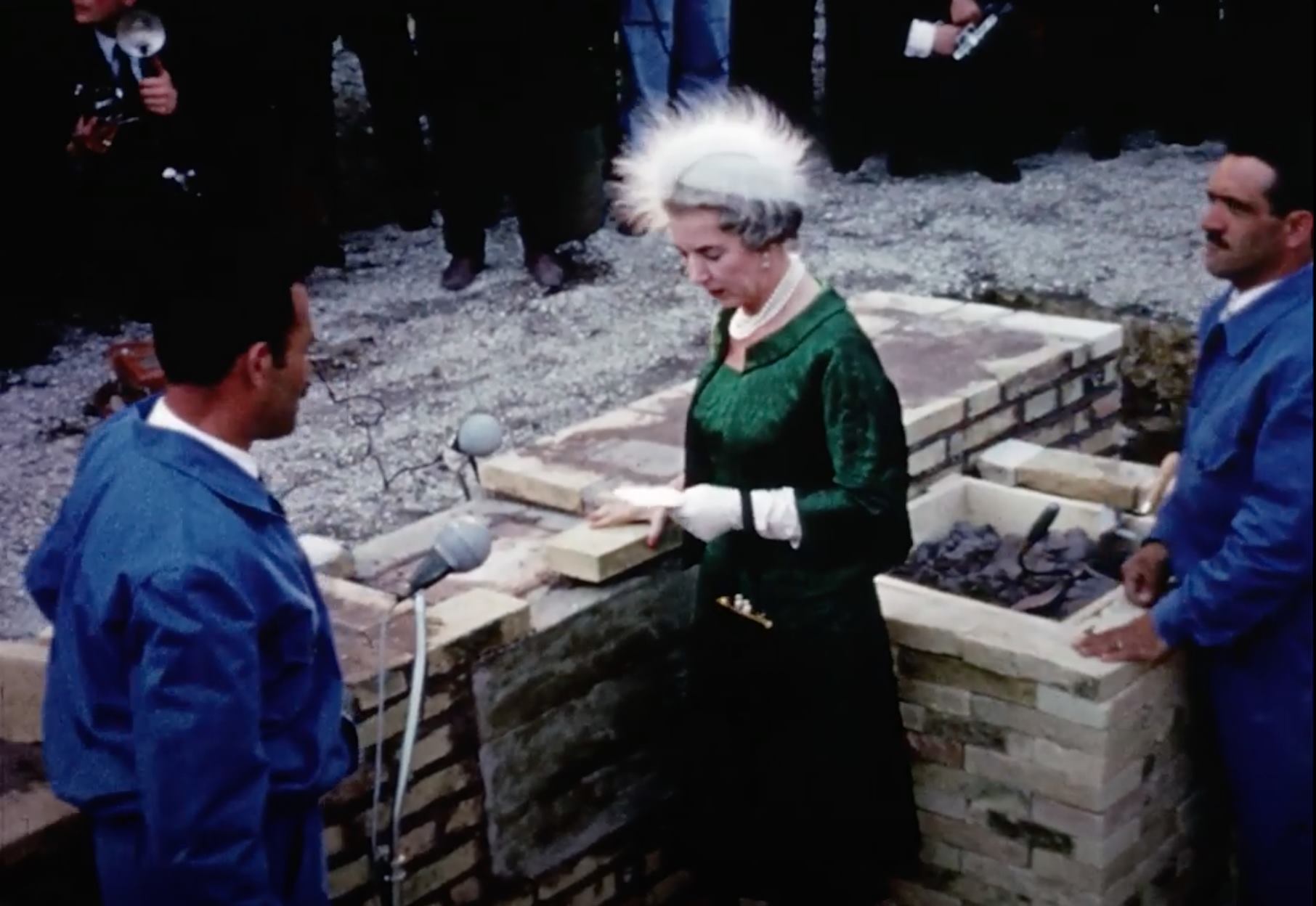PAST TALKS 2022
5 April 2022
From Objet Trouvé to Travelling
LUCA BERTOLDI
Free University of Bozen
Respondent:
Matthew Critchley
ETH Zurich
![]()
From Objet Trouvé to Travelling
Object: Geographies of The Story of Art
LUCA BERTOLDI
Free University of Bozen
Respondent:
Matthew Critchley
ETH Zurich

From the book, ethnographic research follows
several guidelines, both macroscopic and microscopic. The story of this book,
translated into about thirty languages and sold in more than seven million
copies and become the best-selling art book of all time, has to do with the
global reproducibility of the art image and its contextualization, and
therefore transformation, in other cultures, and passes through the lives of
those who have owned it. I try to spread these stories through interviews,
dialogues, and documents like a detective. The construction of knowledge occurs
precisely through the network of relationships that the research process
activates. Here are some of the research guidelines followed so far:
1. The retrieval and analysis of the translators' introductions to the Persian, Turkish, Arabic and Chinese editions and the significant biographies of these translators. For example, the Turkish writer and activist Bedrettin Comert was killed following an attack, and his family took refuge in Italy.
2.The book survey thanks librarians and booksellers on the circulation of the volume in some specific contexts and on the institutions in which the book is stored in the various editions.
3. A genealogy of the book in my possession, with interviews with previous owners of the book, mending relationships for each passage and interpreting the marks on the book and the state of conservation.
4. The elicitation of some images and interviews with people on the use of the book.
5. The story of Gombrich himself, a young Jewish art historian dedicated to the Italian Renaissance, left Vienna the year before the Anschluss to find work in the organisation of the Warburg archive in London.
6. The history of Phaidon Press, formerly the Viennese Phaidon Verlage, an art publishing house that influenced the knowledge of British art and experimented with the technique of Photogravure printing to print high-quality images at low cost. Gombrich's volume became the publishing house's bestseller.
1. The retrieval and analysis of the translators' introductions to the Persian, Turkish, Arabic and Chinese editions and the significant biographies of these translators. For example, the Turkish writer and activist Bedrettin Comert was killed following an attack, and his family took refuge in Italy.
2.The book survey thanks librarians and booksellers on the circulation of the volume in some specific contexts and on the institutions in which the book is stored in the various editions.
3. A genealogy of the book in my possession, with interviews with previous owners of the book, mending relationships for each passage and interpreting the marks on the book and the state of conservation.
4. The elicitation of some images and interviews with people on the use of the book.
5. The story of Gombrich himself, a young Jewish art historian dedicated to the Italian Renaissance, left Vienna the year before the Anschluss to find work in the organisation of the Warburg archive in London.
6. The history of Phaidon Press, formerly the Viennese Phaidon Verlage, an art publishing house that influenced the knowledge of British art and experimented with the technique of Photogravure printing to print high-quality images at low cost. Gombrich's volume became the publishing house's bestseller.
***
The Byggesager Dossier at Det Danske Institut I Rom: How Losses in Translation Were Able to Retain Plurality
ANGELA GIGLIOTTI
Arkitektskolen Aarhus/ETH Zurich
Respondent:
Flavia Crisciotti
TU München

The question
of canon has been widely debated in architectural discipline, with scholars
that continuously add ex-ternal figures to the canon, following diverse
perspectives, all aimed to dismantle, expose, and even reassemble the structure
of dominant historiographies. These perspectives have often been intertwined
with the issue of archivisation and the origin of sources. A niche that this
paper aims to tackle is the one in relation to diplomatic architecture, where
the canon formation is at stake especially in connection to the urgent
post-colonial re-considerations in progress. An example of diplomatic
architecture is Det Danske Institut in Rome. Such architectural project has
been studied by scholars from as many fields as those covered by its mission
(archeology-architecture-art-history-literature-mu-sic-philology). Nonetheless,
few are the threads mainly addressed: the building as the oeuvre by the Danish
architect Kay Fisker in Italy; various typological and stylistic studies in
relation to modern architecture; and, the Danish artistic production on-site
related to the Italian one. Instead, such a building has not yet been
considered in relation to a dismantling of its canonical architectural
authorship. This paper, based on my ongoing Post-doc research, interprets some
paradigmatic archival documents collected at the Institut itself along a so far
archival reconstruction of 800 documents that the research is operating, the Byg-gesager
Dossier (i.e. Building Site Dossier). Among those: bilateral agreements,
building site minutes, correspondences, specifications, drawings’ annotations,
complaints, and tender contracts. Such sources are aimed specifically to
consider the construction of such cultural diplomatic premise abroad
highlighting the losses in translation in the managing of the building site. This
paper argues that the building site entailed bilateral cooperation between
Danish and Italian actors. Moreover, it demanded strong interpretations by the
local Italian receptors of foreign Danish building instructions and vice-versa,
which consequentially affected how the building was built in the 1960s.Put
differently, such loss in translation has had so far a negative connotation for
a building that has been narrated in light of its dominant mono-authorial
perspective. Instead, these mis-interpretations represented today the traces to
follow for unveiling the multi-foci, diverse and collective labours behind the
canonical depiction of Kay Fisker's work.